Current & Recent Projects
Advancing the frontiers of knowledge-based systems and AI
Projects
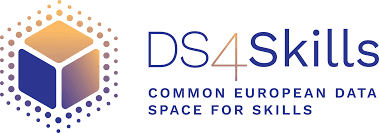
Data Space for Skills
2025-2027, LIST, LUBuilding a human-centric and trusted ecosystem to share and access skills data. We prepare the ground for the future deployment of the first-time-ever European Data Space for Skills that will offer practical benefits to organisations and individuals in the digital age. Visit the Webpage of the project here.
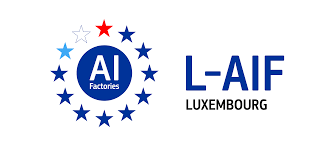
AI Factory Luxembourg
2025-2027, LIST, LUThe AI Factory's objective is to support Luxembourg businesses by offering a full suite of AI services, including advanced solution building, AI maturity assessments, regulatory sandboxes, data sharing frameworks, data access and leveraging, guiding businesses from ideation to execution and supporting every phase of AI adoption, and watching the skills and labor market of AI. Visit our Webpage here.
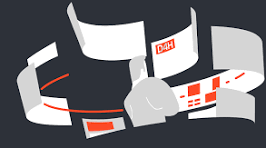
Deep Data Science of Digital History
2023-2027, LIST, LULive languages continuously evolve to integrate the cultural change in human societies. This project use Knowledge Graphs and LLM to understanding and characterise the changes in the meaning of words in order to support the automatization of tasks like translation, sentiment analysis, question-answering, etc. We formally define three classes of characterisations and we implement algorithms to detect them: (1) If the meaning of a word becomes more general or narrow (change in dimension). (2) If the word is used in a more pejorative or positive/ameliorated sense (change in orientation), and (3) if there is a trend to use the word in a, for instance, metaphoric or metonymic context (change in relation).

Management and Completion of Dynamic Knowledge Graphs
2024-2026, LIST, LUMOKA is a MSCA Postdoctoral Fellowships in collaboration with ORKG group. The goal of this project is to design and implement methods for managing the evolution of large and dynamic knowledge graphs. To do so, we will (i) identify and characterize changes that occurs in KG when the domain evolves; (ii) define a mechanism to represent the evolution of a domain within a so-called Historical Knowledge Graph (HKG); (iii) explore the potential of LLMs to support the maintenance of large KGs.
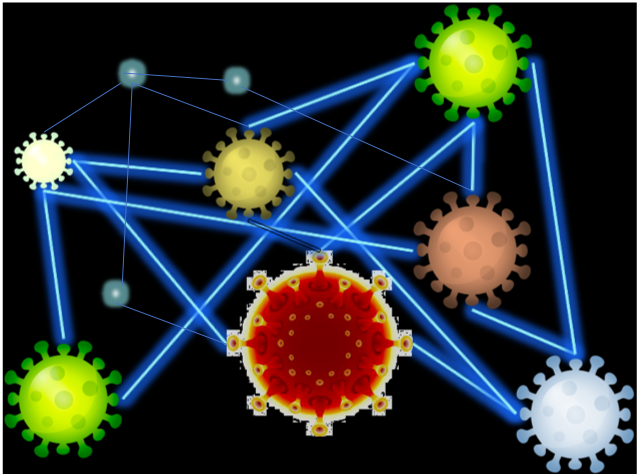
HKG4COVID - Historical knowledge graph of COVID19
2020-2021, LIST, LUCreating graphs is key way of digesting knowledge and obtaining a snap shot of evolution of the subject concerned. This is the focus of LIST’s Historical Knowledge Graph for COVID-19 project, or HKG4COVID for short. The idea of the project and LIST’s contribution is to add the temporal dimension of the disease to graphs. Currently all the graphs that exist just represent current knowledge situation. We do not have the global understanding, and temporal evolution understanding of that knowledge over time, so this is what we will add.
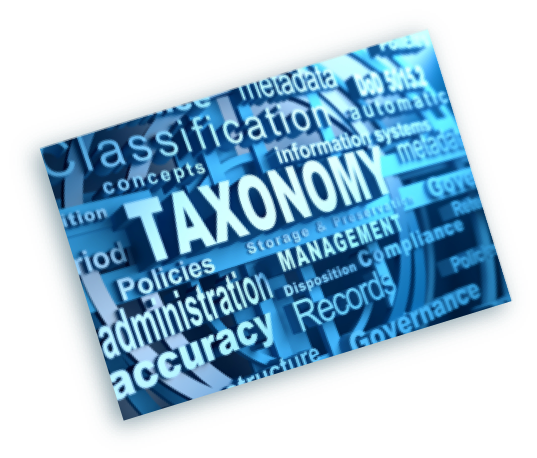
Dynaccurate - Maintenance of dynamic terminologies
2019-2021, LIST, LUDynaccurate is a new Artificial Intelligence Web based application that solves the issues caused by the constant evolution of terminologies, helping data dependent organisations to optimise data exploitability. Dynaccurate is the product of seven years of dedicated research and engineering carried out by the Luxembourgish Institute of Science and Technology (LIST) into resolving the issue of how legacy database information can be easily, efficiently and accurately updated, so that older data can be continuously updated with new annotations, preserving the value of the data and reducing or eliminating inaccuracies or out-of-date references.

ELISA - Evolution of Semantic Annotation
2015-2018, LIST, LUThe efficient management and exploitation of digital information is pushing companies to rely on Semantic Web technologies. Ontologies offer the means to make the semantics of data explicit by annotating available data with concept labels that make it possible for machines to understand the annotated data. This is the case, for instance, in the health sector where patient data stored in electronic health records (EHRs) are associated with concept codes or terms borrowed from standard controlled terminologies such as the International Classification of Diseases (ICD) or SNOMED CT, facilitating data exchange between health professionals. However, the dynamic nature of domain knowledge forces engineers to revise the content of ontologies, creating a mismatch between the definition of concepts and the annotations, thus preventing any intelligent exploitation of the data. In this context, and in direct line with the results of the DynaMO project, ELISA will develop innovative concepts and tools to: Understand and characterize the evolution of ontologies over time with respect to the problem of semantic annotation evolution, Maintain the semantic annotations impacted by the evolution of ontologies they derived from. Two cases will be distinguished: - A direct modification if the annotations are modifiable, - An ad-hoc modification if the annotations are not accessible. This will be done through the design of a query enrichment mechanism reflecting the evolution of ontology in order to keep annotated data searchable over time. The proposed technology will help companies in managing the ever-increasing quantity of data they have to deal with. Moreover, it will be implemented in two real cases borrowed from the field of life sciences.
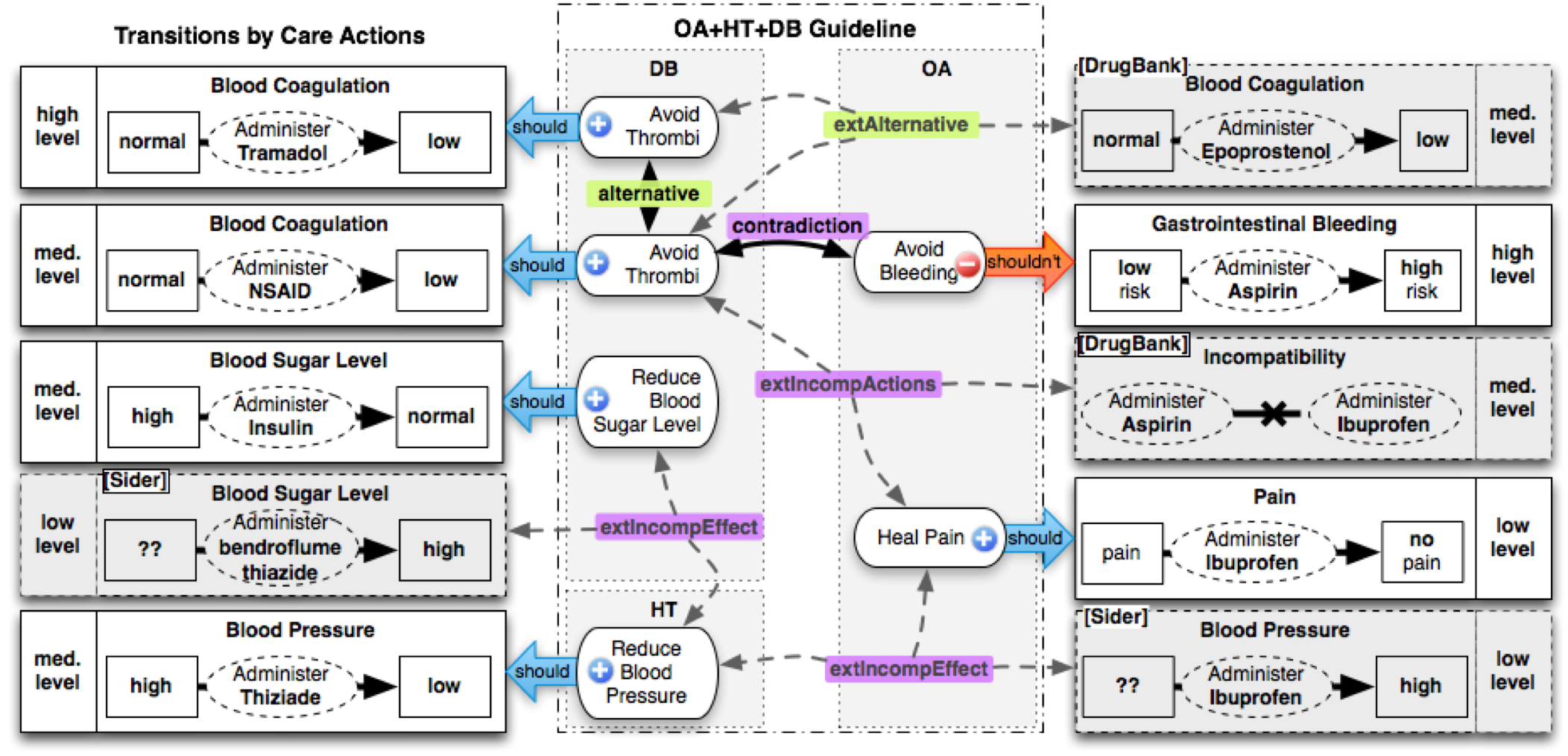
METIS
2013-2017, VUA & LISTThe work implemented in this project identified
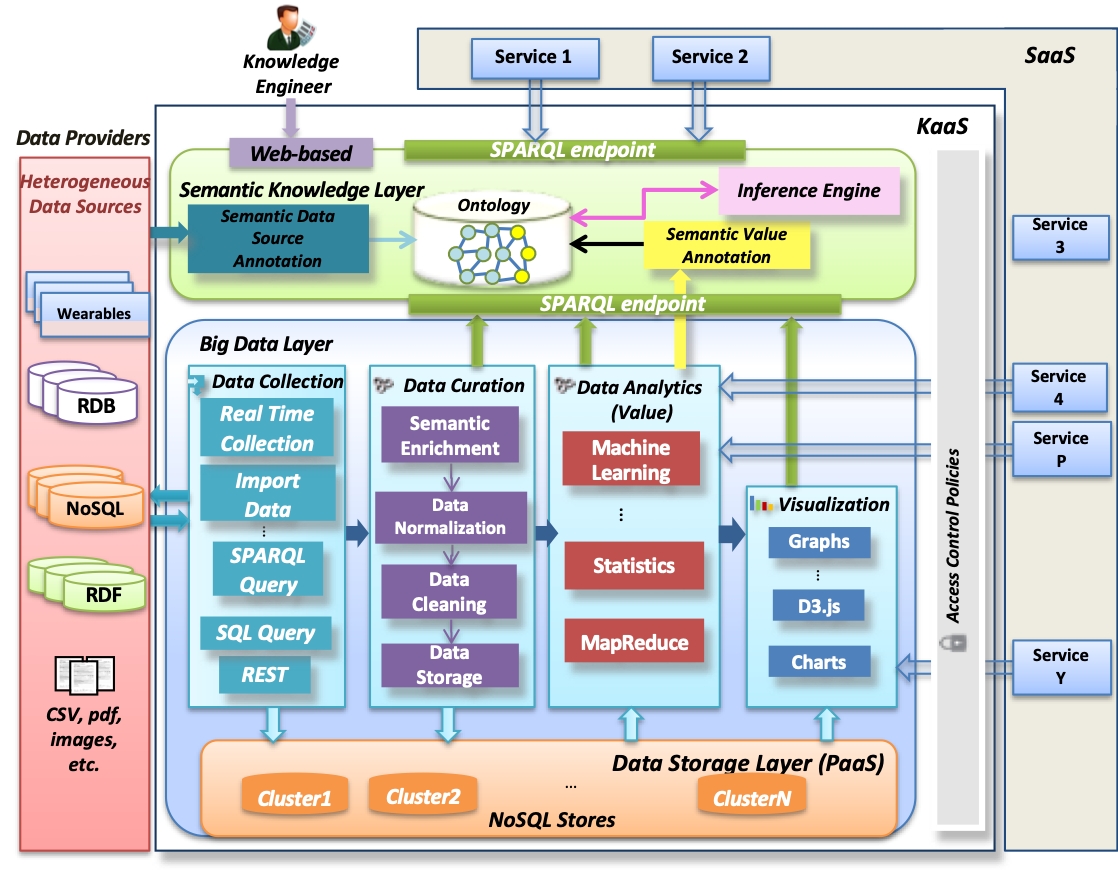
SACCOM
2013-2016, LIST & LAASThe objective of this project is to use well formalized biomedical information, based on widely adopted KOS (e.g. SNOMED CT, ICD, etc.), in order to propose personalized treatments to patients. This objective will be reached by employing existing knowledge representation formalisms to describe the treatment plan and the goals of the treatment, by formally describe the environment (resources and services) related to the treatment, and by proposing intelligent algorithms to adapt the patient treatment plan according to the evolution of the patient health state and the changes in the environment.The adaptation algorithms will be based on autonomic computing which has proving its efficiency in the domain of Web-Sevices Management. SACCOM will propose new dynamic reconfiguration techniques adapted to the medical systems’ needs. The idea is to apply self-configuration method such composing services, orchestration and/or choreography, for the dynamic reconfiguration of medical services/resources in order to manage the execution of treatment plans and provide a personalized treatment to patients.

DYNAMO - Reconciliation of Dynamic Medical Knowledge Organizing Systems
2011-2014, LIST, LUInformation systems that exploit semantic technologies are widely used in many fields these days and are particularly important in the medical and biomedical domains. Currently, institutions that produce medical data rely on these systems to make semantic data explicit in order to promote data sharing and data exchange. However, the medical and biomedical domains are highly dynamic and knowledge is constantly evolving. Models for representing this knowledge such as ontologies, thesauri, terminologies or, more generally, knowledge organization systems (KOS) are at the heart of information systems and thus need to be updated as new terms are defined in order to remain useful. Moreover, due to the great size of the medical domain, multiple KOS are necessary in order to obtain the largest coverage possible. This is why mapping, or cross-referencing between KOS elements, is used. However, as every new evolution in KOS can directly impact existing mappings, new techniques and tools are required to ensure consistency between the cross-referenced KOS. This maintenance must take into account all of the specificities of the medical sub-domain as well as the structure and format of the particular KOS. This highly dynamic nature of KOS impacts the validity of mappings and their maintenance requires a great effort in adaptation and validation. Although this is a critical issue, existing approaches are not intelligent enough to deal with it without recomputing the whole set of mappings each time a new version of KOS is released. Dynamo aims to develop and propose a new method of mapping maintenance. The objective is to provide a tool-supported formal framework that takes into account the characteristics of changes affecting KOS elements and KOS models as well as the nature of the existing mappings in order to automatise the adaptation of mappings that are made invalid by KOS evolution.